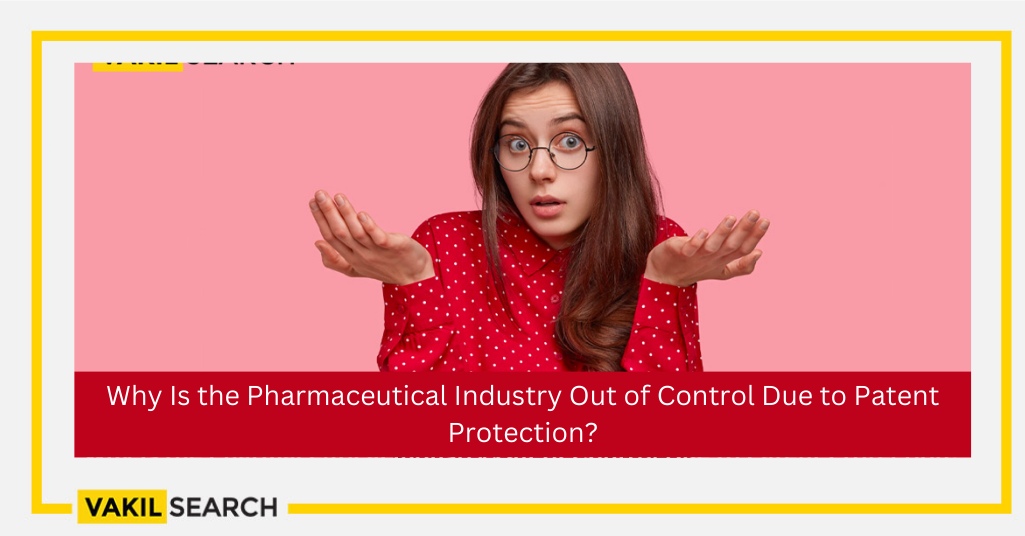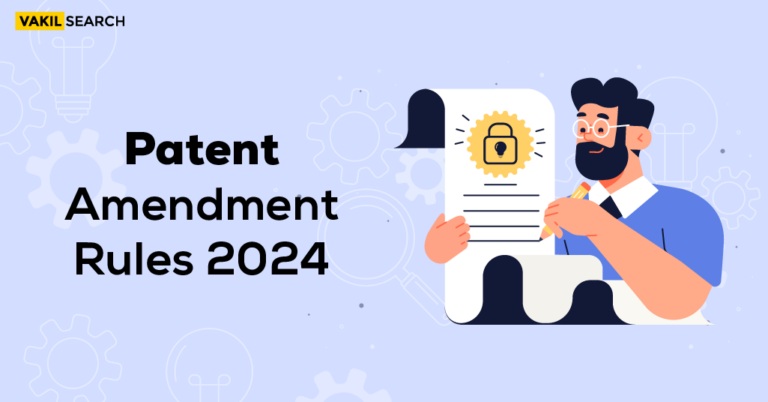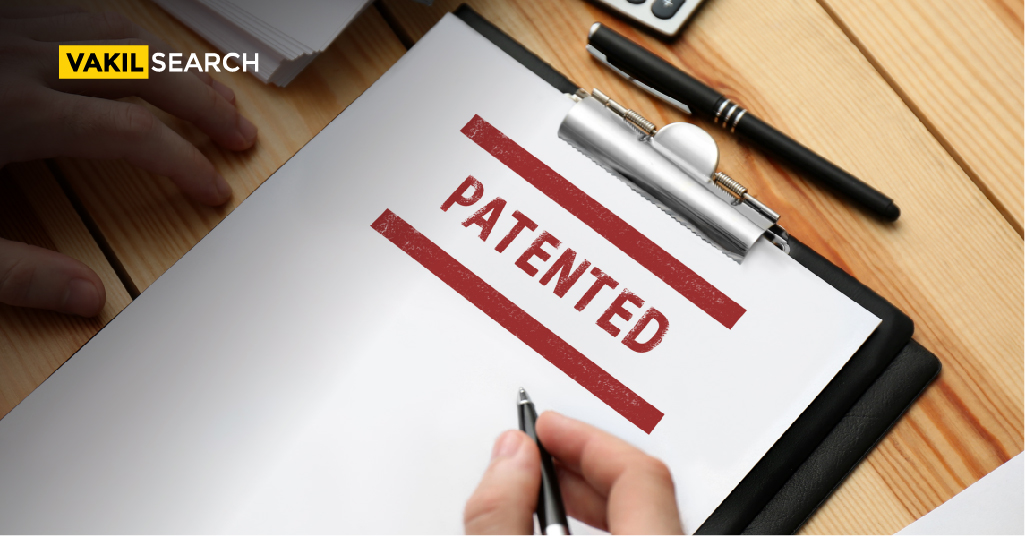Get into the details of patent protection within the pharmaceutical sector. Discover how patent protection influences drug pricing and accessibility, while also driving innovation. We explore the connections between patent protection, high drug prices, and limited access to life-saving medications. Moreover, we examine the arguments for and against this system, along with alternative approaches that balance innovation and public health.
The pharmaceutical patent system was designed to help pharmaceutical companies protect their best interests. However, the system has evolved over time into a means of helping them maintain a monopoly and maximise their profits. Most pharmaceutical companies find a way to circumvent intellectual property rules, causing problems for the general public. Furthermore, with pharmaceutical companies selling expensive drug patents that further increase the cost of life-saving drugs, pharma patent manipulation must be stopped. Patent protection is all the rage in the pharmaceutical industry.
The Indian pharmaceutical sector has high expectations from the upcoming Union Budget to be tabled on February 1, 2021. They expect the government to lower the GST rate for all life-saving drugs to zero and move other drugs to a 5% slab to increase affordability. Additionally, the requirement of reversing GST on physician samples should be discarded.
To know more about the Benefits of registering a patent.
What Are the Different Types of Patents?
- Utility patents: This type of patent protection covers useful processes, manufacturable articles, machines, and new compositions.
- Design patent: This type of patent protection extends to the original design of a product.
- Plant patents: These patents are suitable for the invention or discovery of a new type of complex plant which is capable of being reproduced.
Patent Protection Qualifications and Eligibility Criteria
Here is a look at the patent protection qualifications required to file for a patent in India:
Any invention, whether a product or process that does not fall into the category of non-patentable items, enjoys patent protection in India. The eligibility criteria for applying for patent protection is as follows:
- The invention or design is novel.
- Moreover, the device contains an inventive step or process that is non-obvious.
- The invention is capable of industrial manufacture and application.
- Additionally, the invention does not fall under Section 3 or 4 of the Patents Act.
Why Does the Pharmaceutical Industry Require Patent Protection?
To protect its investments, the pharmaceutical industry relies heavily on patent protection. In fact, pharmaceutical companies spend billions of dollars on drug research, development, analysis, and testing. This is why they patent their product as soon as the costly process has resulted in the discovery of a useful drug.
Furthermore, most patents are valid for 20 years, allowing the company to recoup the money spent on R&D. Hence, in this way, the patent protection system provides a commercial incentive for researchers and pharmaceutical companies to conduct R&D. However, the system has lost balance due to certain agencies and organizations creating problems for the public out of greed for money.
Why Is Patent Protection in the Drug Industry Out of Control?
The primary reason why is that pharmaceutical companies rarely invest in research and development in proportion to their profits. Furthermore, most companies believe it is safer to buy a drug’s rights and then gradually raise the price over time through their own research. Additionally, as a result of the patent protection procedure itself, pharmaceutical companies profit at the expense of the general public. This creates a monopoly in the pharmaceutical industry, allowing for exorbitant prescription prices. This is why countries must learn how to strike a balance between encouraging research and making drug therapy affordable and available.
Examples of Patents
| Sl No | Inventor | The year of filing | A Patent Invention |
| 1 | King C. Gillette, | 1904 | A Safety Razor |
| 2 | Farnsworth, Philo Taylor | 1930 | Television System |
| 3 | Nils Alwall | 1946 | Dialysis machine |
| 4 | Steve Jobs for Apple, Inc. | 1980 | Personal Computer |
| 5 | Qualcomm Inc | 2015 | Wireless Charging |
Can I Protect My Idea Without a Patent?
The short answer is yes.
Obtaining patent protection is costly. Moreover, your ideas may not always meet the requirements for patent protection. As a result, in such cases, you must devise alternative methods of protecting your idea. While they may not be legally valid or foolproof, here are some low-cost strategies for protecting your business inventions.
- Make sure you do your research before associating with anyone outside your business. Run background checks to ensure they have a good track record
- Additionally, draught a non-disclosure agreement to commit your associates to confidentiality.
- Incorporate a non-compete agreement or clause while hiring employees to prevent idea theft.
- Furthermore, try to file for a provisional patent to get interim protection for your invention, product, or design
- Thereafter, consider applying for a trademark if the concept you are trying to protect is creative or related to branding.
However, getting a patent for your idea is always recommended by professional IP experts.
FAQs on Patent Protection and Pharmaceutical Sector
What is patent protection in the pharmaceutical industry, and how does it contribute to the current state of the industry?
Patent protection in the pharmaceutical industry grants exclusive rights to inventors, preventing others from making, using, or selling their patented inventions for a certain period. It plays a pivotal role in incentivising innovation by allowing companies to recover research and development costs and earn profits. However, it also raises questions about drug accessibility, affordability, and the balance between innovation and public health.
How do pharmaceutical companies benefit from patent protection, and what impact does it have on drug prices?
Pharmaceutical companies benefit from patent protection by having a monopoly on their newly developed drugs, enabling them to set higher prices and recoup investment. While this incentivises innovation, it can lead to expensive medications, especially patented life-saving drugs. This pricing model often raises concerns about equitable access for patients who cannot afford these high costs.
Can you explain the link between patent protection and the lack of affordable access to life-saving medications?
Patent protection can restrict competition, keeping drug prices elevated due to the absence of generic alternatives. This limitation on market competition can lead to reduced affordability, especially for critical medications. Consequently, patients in need may struggle to access life-saving drugs due to their high costs.
What are the main arguments for and against patent protection within the pharmaceutical sector?
Arguments for patent protection stress its role in fostering innovation and rewarding companies for risky research investments. On the other hand, critics argue that extended monopolies can hinder drug accessibility, stifle competition, and keep prices artificially high, limiting the public's access to vital medications.
How do extended patent monopolies affect innovation and the development of new drugs?
While patent protection stimulates innovation, extended monopolies may discourage innovation as companies focus on incremental improvements to existing drugs to extend patent life. This can divert resources from researching genuinely novel treatments and hinder overall medical progress.
Are there any alternatives to patent protection that could strike a better balance between innovation and accessibility?
Alternatives like prize funds, public funding, and open-source research models are suggested to encourage innovation while ensuring broad accessibility to medications. These models aim to separate the reward for innovation from drug pricing, making treatments affordable while still promoting research.
What role does government regulation play in addressing the challenges posed by patent protection in the pharmaceutical industry?
Government regulations can influence drug pricing, accessibility, and patent terms. They can encourage competition by expediting generic drug approvals and facilitating compulsory licensing in cases of public health emergencies, ensuring more affordable access to medicines.
How do pharmaceutical companies defend their high drug prices, considering the role of patent protection?
Pharmaceutical companies often justify high drug prices by pointing to the substantial costs of research, development, and clinical trials required to bring a drug to market. They argue that patent protection is necessary to recover these investments and fund future innovations.
How has the pharmaceutical industry's lobbying and influence on policy affected the continuation of patent protection?
The pharmaceutical industry's lobbying efforts have influenced policy decisions, including patent term extensions and resistance to measures that could lower drug prices. This influence can impact the balance between patent protection, innovation, and accessibility.
What are some real-world examples that highlight the consequences of an uncontrolled pharmaceutical industry due to patent protection?
Expensive medicines are hard to afford, especially in poorer countries. Copying patented medicines to make them cheaper is often stopped, reducing competition and innovation. Getting cheaper medicines from other places can lead to legal problems. Cheaper versions of medicines might arrive late, letting patent holders control them for longer. All this can hurt people's health, rights, fairness, and economies.
Read More:-










